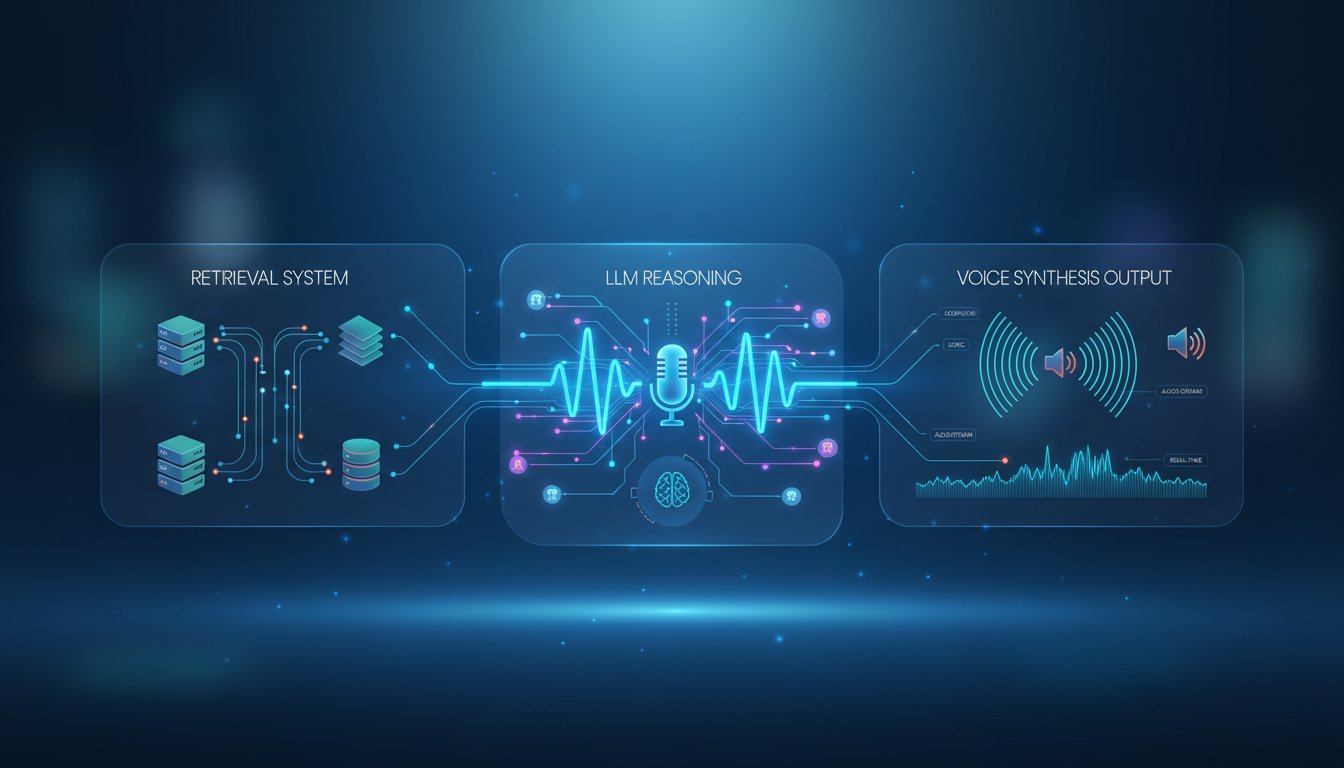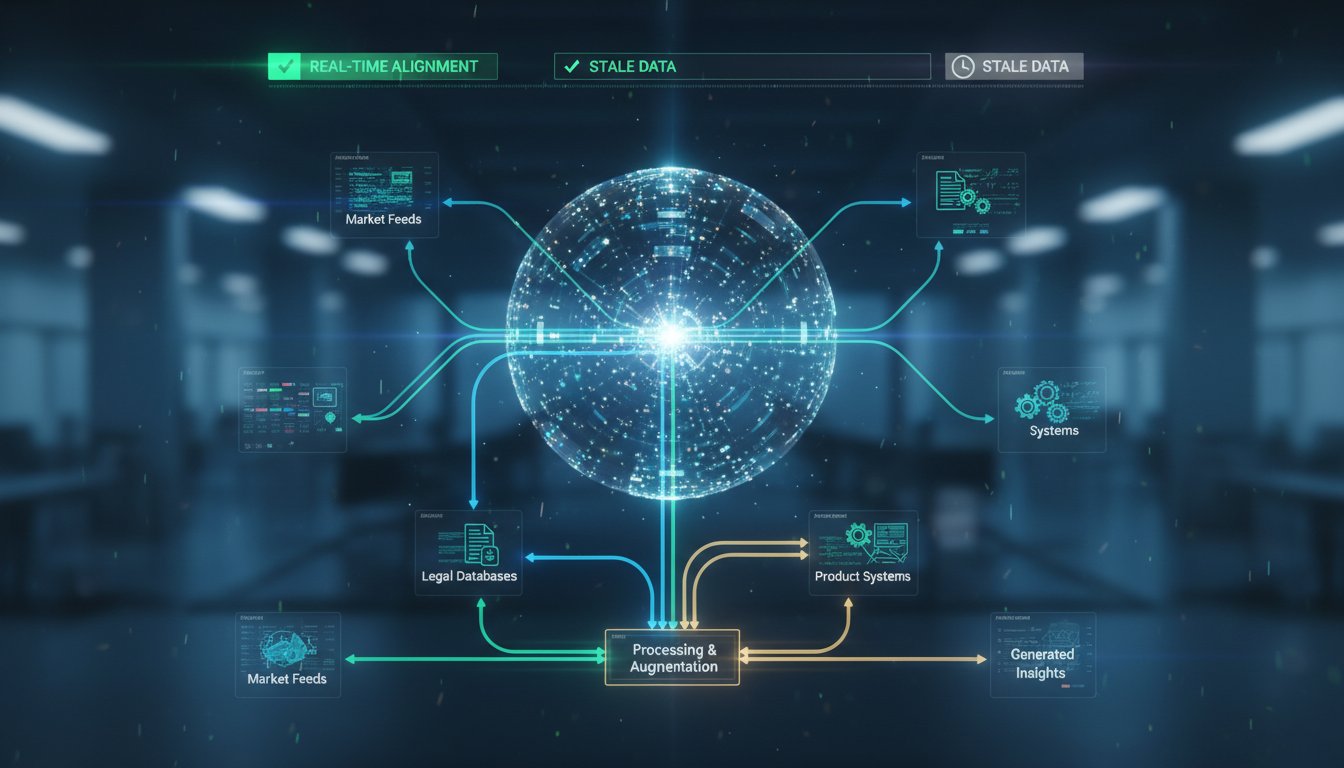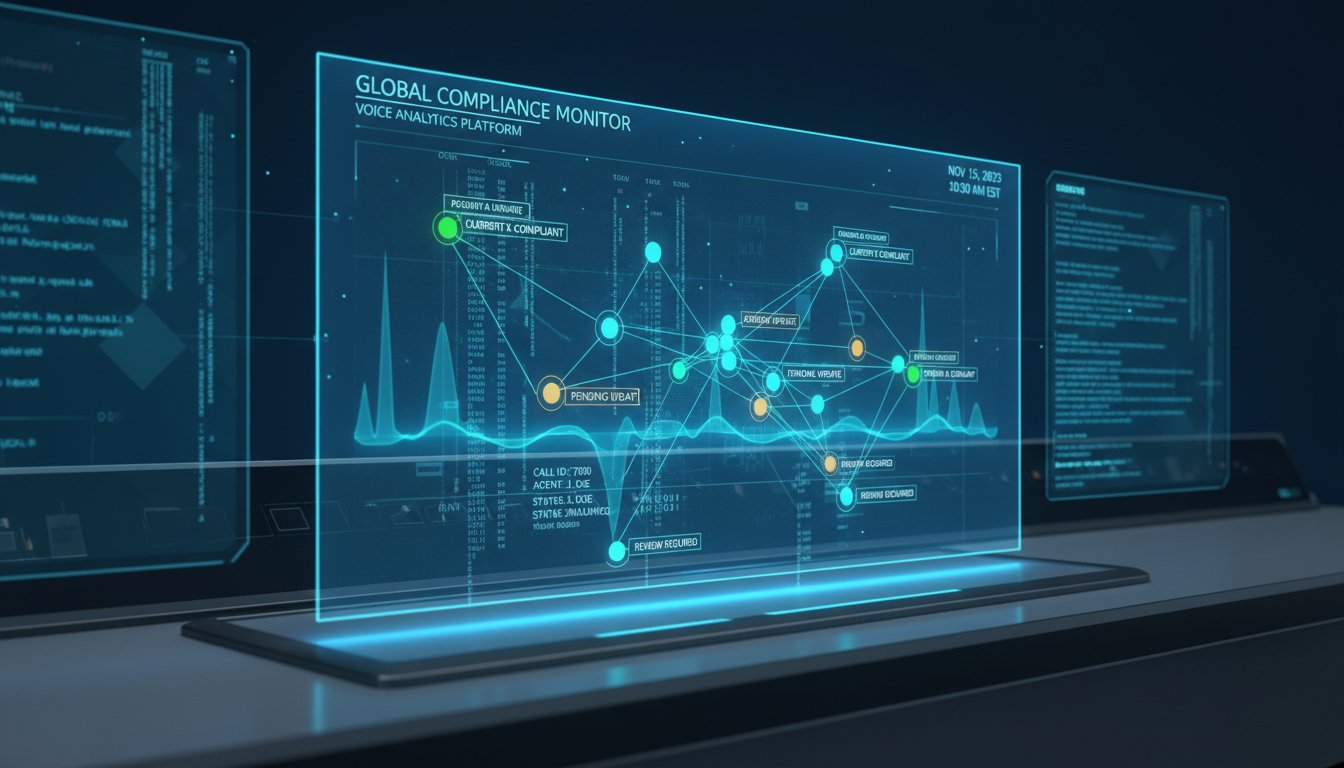A senior data scientist sits bathed in the glow of her monitor, staring at a diagram that looks more like a tangled web than an architecture. On one side, there are terabytes of unstructured logs in an S3 bucket. On another, critical customer data in a PostgreSQL database. Then there’s the legacy CRM data, sales reports in CSVs, and technical documentation scattered across a dozen internal wikis. The mandate from leadership is clear: build a Retrieval-Augmented Generation (RAG) system that can answer complex, cross-functional questions for the entire enterprise. The problem is, the LLM is the easy part. The real monster is the data itself—siloed, distributed, and fundamentally disconnected.
This scenario is the unspoken reality holding back widespread RAG adoption in the enterprise. The challenge isn’t a lack of ambition or a failure to grasp the potential of generative AI. The core bottleneck is the legacy data infrastructure that nearly every large organization is built upon. We dream of RAG systems that can effortlessly pull context from every corner of the business, but we’re hamstrung by data pipelines that are too slow, too brittle, and too expensive to support real-time AI workloads. Moving, duplicating, and transforming petabytes of data using traditional ETL processes simply can’t keep pace with the demands of a system that needs to provide instant, accurate answers.
But what if you didn’t have to move the data at all? What if you could build a data foundation specifically designed to tame this chaos? That’s the promise behind the latest advancements to Dell’s AI Data Platform. Announced on October 21, 2025, Dell has integrated powerful technologies from NVIDIA, Elastic, and Starburst to create an architecture that directly tackles the data silo and latency problem. It’s a solution designed not just to store data, but to unify and activate it for high-performance AI.
In this technical walkthrough, we’ll move beyond the theoretical and into the practical. We will dissect the architecture of this new platform and provide a step-by-step guide on how to leverage it to build a scalable, enterprise-grade RAG system. We will explore how to configure its core components to handle disparate data sources and show you how to extend its output into dynamic, easily digestible video reports for stakeholders. This is the blueprint for turning data chaos into a unified source of intelligence.
The Enterprise RAG Dilemma: Why Your Data Is the Bottleneck
Enterprise data doesn’t live in a single, pristine lake; it’s spread across a messy archipelago of islands. This distribution is the single biggest obstacle to creating a RAG system that is both comprehensive and performant. Before we build the solution, we must first understand the foundational problems.
The Perils of Data Silos
A RAG system is only as good as the context it can retrieve. When your knowledge base is fractured, your AI’s ‘worldview’ is too. Critical information about a customer might live in a SQL database, their support history in a NoSQL system, and recent interactions in unstructured call logs.
If your RAG system can only access one of these sources, its answers will be incomplete and potentially misleading. True enterprise intelligence requires synthesizing information from all these disparate sources simultaneously, a task that is nearly impossible when data is locked away in isolated systems.
The Latency Trap
The conventional approach to dealing with silos is to move the data into a centralized repository. However, this introduces a massive latency problem. The process of extracting, transforming, and loading (ETL) huge volumes of data is slow and resource-intensive.
For a RAG system that needs to answer questions in real time, waiting hours or even days for a data pipeline to refresh is a non-starter. High latency means the context provided to the LLM is stale, and the user is left waiting for an answer, rendering the application useless for interactive use cases.
The ETL Nightmare
Beyond being slow, traditional ETL processes are notoriously brittle and costly. They require significant engineering effort to build and maintain, and a small change in a source schema can cause the entire pipeline to break.
This model was not designed for the dynamic, ever-changing data landscape of a modern enterprise, nor for the demands of AI. It creates a rigid dependency that stifles innovation and adds significant overhead to any AI project, turning what should be an agile system into a monolithic burden.
Unpacking Dell’s AI Data Platform: A New Architecture for RAG
Dell’s updated AI Data Platform isn’t just an incremental upgrade; it’s a strategic redesign aimed squarely at the enterprise data problem. By integrating technologies from NVIDIA, Elastic, and Starburst, it provides a cohesive architecture that embraces data distribution instead of fighting it.
The Core Components: NVIDIA, Elastic, and Starburst
The platform’s power comes from the synergy of three best-in-class technologies, each solving a specific piece of the RAG puzzle.
- Dell PowerEdge with NVIDIA GPUs: As highlighted in their October 2025 announcement, the foundation is high-performance hardware. Dell’s PowerEdge servers, equipped with NVIDIA’s latest GPUs, provide the raw computational power needed for both rapid data processing and efficient LLM inference. This ensures that every step of the RAG process, from retrieval to generation, is accelerated.
- Elasticsearch for Unified Search: The platform leverages Elastic for its industry-leading search capabilities. This is crucial for RAG, as Elastic can index and perform hybrid searches—combining semantic (vector) search with traditional keyword search—across massive volumes of unstructured data. This means you can find the most relevant documents based on meaning, not just keywords.
- Starburst for Federated Queries: This is the game-changer for data silos. Starburst is a federated query engine that allows you to run SQL queries across multiple, disparate data sources without moving the data. It acts as a universal translation layer, enabling your RAG system to access data living in PostgreSQL, S3, MongoDB, and more, all as if it were in a single database.
How It Solves the Data Dilemma
Together, these components create a virtuous cycle. Starburst breaks down the data silos by providing a single point of access. Elastic creates a high-speed, searchable index of your unstructured content. And the underlying Dell and NVIDIA hardware ensures the entire retrieval and generation process happens with minimal latency. Your RAG system can now query data where it lives, getting the freshest, most complete context in milliseconds, not hours.
A Step-by-Step Guide: Building Your RAG System on the Dell Platform
Let’s translate this architecture into a practical implementation plan. Here is a conceptual guide to building an enterprise RAG system on this platform.
Step 1: Data Ingestion and Indexing with Elastic
Your first task is to make your unstructured data discoverable. You’ll configure Elastic to crawl sources like internal wikis, document repositories, and log files. For each document, you’ll generate embeddings (vector representations) and index them alongside the raw text.
# Conceptual Python example for indexing a document
from elasticsearch import Elasticsearch
from sentence_transformers import SentenceTransformer
es = Elasticsearch(cloud_id=..., api_key=...)
model = SentenceTransformer('all-MiniLM-L6-v2')
def index_document(doc_id, text_content):
vector = model.encode(text_content).tolist()
doc = {
'content': text_content,
'content_vector': vector
}
es.index(index='enterprise_docs', id=doc_id, document=doc)
Step 2: Configuring Federated Queries with Starburst
Next, you’ll connect Starburst to your structured data sources. You’ll set up connectors for your primary databases (e.g., PostgreSQL for customer data, MySQL for product inventory). This exposes all your structured data through a standard SQL interface, regardless of where it’s stored.
-- Conceptual Starburst query joining local and remote data
SELECT
c.customer_name,
o.order_details,
s.support_ticket_summary
FROM
postgres_db.main.customers c
JOIN
s3_datalake.logs.orders o ON c.customer_id = o.customer_id
JOIN
mongodb.support.tickets s ON c.customer_id = s.user_id
WHERE
c.customer_id = 12345;
Step 3: Architecting the Retrieval and Generation Flow
With the data layers in place, you can define the core RAG logic:
- A user submits a query, e.g., “What were the top three support issues for our highest-spending customer last quarter, and what were the order details?”
- The query is dispatched simultaneously to Starburst (to identify the ‘highest-spending customer’ and pull their structured data) and Elastic (to find relevant ‘support issues’ from unstructured tickets).
- The retrieved context—a combination of structured tables from Starburst and text chunks from Elastic—is compiled into a detailed prompt.
- This comprehensive prompt is passed to the LLM running on the NVIDIA-powered Dell servers.
- The LLM synthesizes the information and generates a concise, accurate answer.
Step 4: Extending Your RAG System: Automated Video Reporting with HeyGen and ElevenLabs
An accurate text response is valuable, but its impact can be limited. For executive briefings, team updates, or incident reports, a visual format is far more effective. This is where you can extend your RAG system’s capabilities.
From Text to Actionable Insights
Imagine your RAG system uncovers a critical supply chain disruption. Instead of producing a dense paragraph of text, you can automate the next step: communication. By integrating with AI video and voice platforms, you can transform the RAG output into a polished, ready-to-share briefing.
Generating Dynamic Video Summaries with HeyGen
Using the HeyGen API, you can take the generated text from your RAG system and automatically create a short video summary. You can use a pre-set template with an AI avatar to deliver the message, complete with on-screen text and graphics derived from the data. This turns a complex finding into a 2-minute video that anyone can understand.
Adding a Professional Voice with ElevenLabs
To maximize the professionalism and impact of your video report, the script can be fed into ElevenLabs first. This generates a clean, authoritative, and human-like voiceover for your HeyGen video, ensuring the message is delivered with the right tone and clarity.
This integration creates a powerful workflow: your RAG system does the analysis, and HeyGen and ElevenLabs handle the communication. To create your own AI-generated video summaries, click here to try HeyGen for free now. For crystal-clear audio versions of your reports, click here to sign up for ElevenLabs.
That data scientist staring at a tangled web of systems now has a clear blueprint. The mountain of siloed data is no longer an obstacle but a unified source of intelligence, ready to be queried. The challenge of enterprise RAG, once a problem of infrastructure, is now a problem of imagination. By building on a foundation designed for modern AI—like Dell’s AI Data Platform—and extending it with powerful communication tools, you can finally deliver on the promise of enterprise-wide intelligence. The future of AI isn’t just about getting answers; it’s about making those answers matter. Don’t let data complexity hold you back. Start turning complex data into clear, actionable video insights today—try HeyGen for free now and give your reports a professional voice with ElevenLabs.




